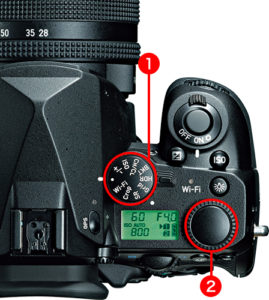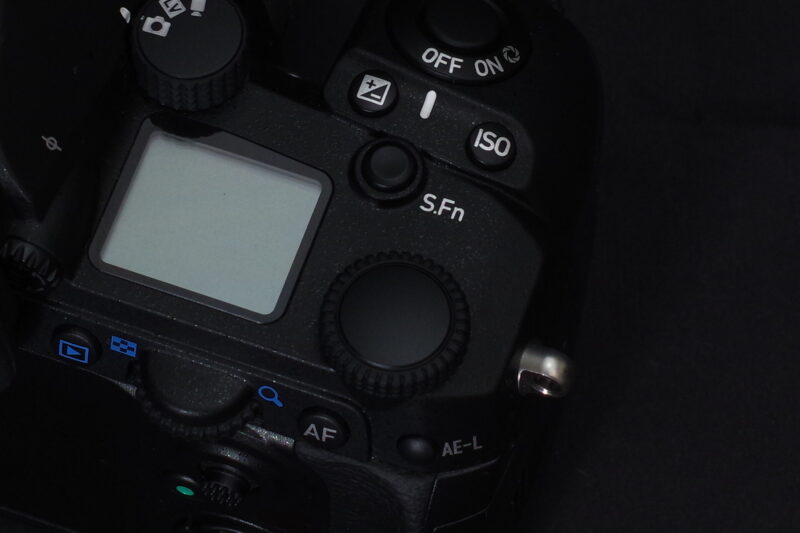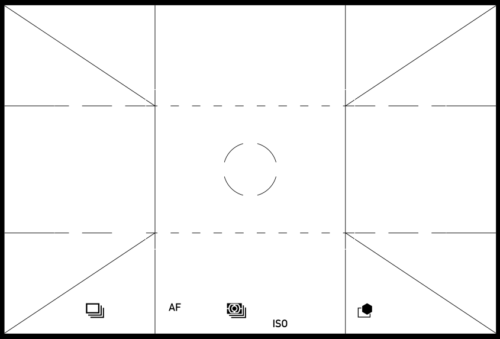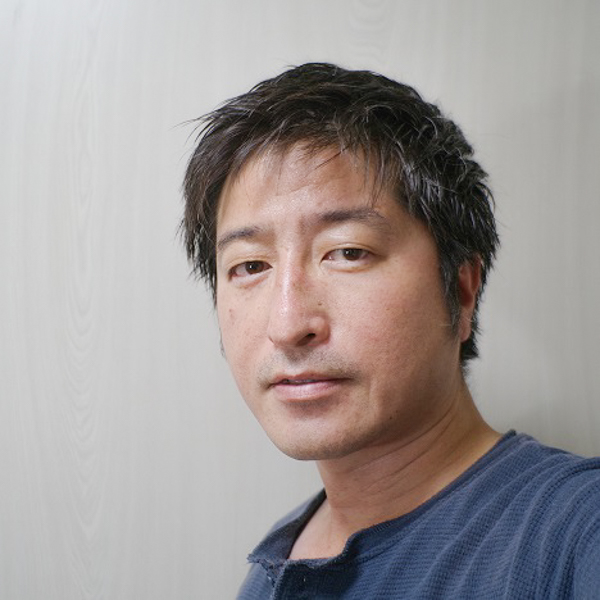Hi everyone! I’m Shigeru Wakashiro, in charge of planning and development for the PENTAX digital SLR lineup. Although we announced the product name and the main features on October 27th, I will be informing you of the stories which cannot be measured by numbers.
The new PENTAX K-3 Mark III features a control system that lets users swiftly and effortlessly convey their creative intentions to the camera, which means they can fully enjoy the process of photo-taking. Incorporated for the first time in the PENTAX K-1 and featured later in the PENTAX KP, this control system was called Smart Function. For K-3 Mark III, however, we conducted a thorough review of the system so it is more accessible and easier to operate for users, and helps them to better realize their creative intentions.
 In the PENTAX K-1 and KP, the Smart Function had two dials: the function dial to select the desired function, and the setting dial to choose the desired settings for that function. When either ISO setting or exposure compensation was selected on the function dial, the user could also shift exposure settings using the third electronic dial. Even though this Smart Function required only a simple, intuitive action to move the function dial to the desired position, we decided to totally redesign the system — both the parts and their positioning — so that the user can set the desired function without removing the eye from the viewfinder.
In the PENTAX K-1 and KP, the Smart Function had two dials: the function dial to select the desired function, and the setting dial to choose the desired settings for that function. When either ISO setting or exposure compensation was selected on the function dial, the user could also shift exposure settings using the third electronic dial. Even though this Smart Function required only a simple, intuitive action to move the function dial to the desired position, we decided to totally redesign the system — both the parts and their positioning — so that the user can set the desired function without removing the eye from the viewfinder.

K-3 Mark III features a new control system consisting of the Smart Function (S.Fn) button and the Smart Function (S.Fn) dial. When the user presses the S.Fn button, five function indicators appear in the display positioned at the bottom of the viewfinder, with the selected function blinking.

In the PENTAX KP, we provided three custom positions on the Function dial, to which functions could be assigned. With K-3 Mark III, all 22 functions can be assigned to the five custom function positions. It’s also possible to deactivate functions on four of the five custom positions, then allocate a single function to each position. This lets user reduce the number of selectable functions to simplify camera operations.
We decided to redesign the control system so that it will operate effortlessly and flawlessly, as if it is an extension of the eyes and hands. Its operation will also become more familiar as you continue to use your camera. When shooting over many years, your favorite subjects and photo-shooting style may change. Along with optimizing the pleasure of photo-taking, the camera lets you change your shooting style as it evolves, by selecting the new set of custom functions that accommodate your new style.
We would greatly appreciate your feedback on this new control system. As you share information about how and why you have customized the camera’s operation settings, you help us create a valuable asset — the accumulated photographic experiences of our users — so that we can continue to make improvements on future models.

